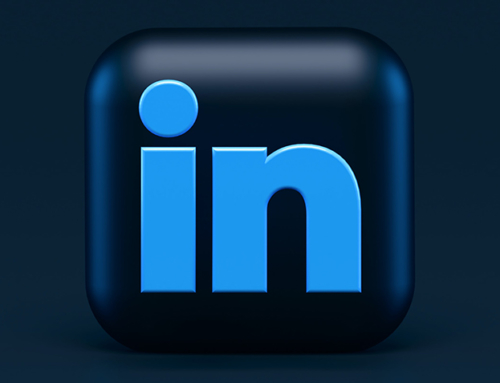Adding some more detail to that LinkedIn profile of yours?
Adding a few more connections suddenly?
Whacking up a more up-to-date profile picture? Harmless, right?
The Simple Act of Polishing Up Your LinkedIn Profile
Can be cause for alarm by your employer.
A raft of companies the world over are now monitoring their staff’s LinkedIn profiles for changes, looking for ‘flight risks’, assigning colours to staffs profiles – red, yellow and green – based on the extremity of the changes and the tenure of the team member.
A company in the United States, hiQ, provides monitoring for HR departments, tracking employees’ LinkedIn profiles and alerting them to any massive changes and by extension, risks of staff departure.
As lucrative a concept as it might be, it looks soon to come to an end with LinkedIn making moves to prevent such data access.
A new type of hacking
LinkedIn’s parent company, Microsoft, is arguing that hiQ’s processes and software are in fact hacking the platform which raises an interesting question. If the information is public and it can be gathered simply by looking at a public page – is it really hacking?
The global software giant is launching legal action to prevent hiQ from accessing the data saying it’s a breach of the US Computer Fraud and Abuse Act, and more importantly a breach of users privacy.
In a statement to the court, Microsoft representation said, “Indeed, if LinkedIn members knew that hiQ was accessing and collecting their data in this manner, many would not update their profiles.“
Traditional is too slow
hiQ’s argument is that traditional staff engagement and monitoring methods are too slow and generally unreliable, particularly when you consider that a lot of staff surveys don’t really tell you the truth anyway.
The fact that most people are already on social media and often broadcasting important parts of their lives quickly invalidates more traditional methods based on time and cost alone.
All about the user numbers
Ultimately, LinkedIn fears that if too many of their users know about such data monitoring and the potential impacts, they’ll be reluctant to update their profiles at all, which would lead to a significant drop off inactive users for the platform – a snowball that could be hard to stop.
Whilst the legal action is all about access to public profile information, the real worry here is 500 million users.
So next time you go to upload that new profile picture, have a think about the ramifications but know that LinkedIn’s got your back.







